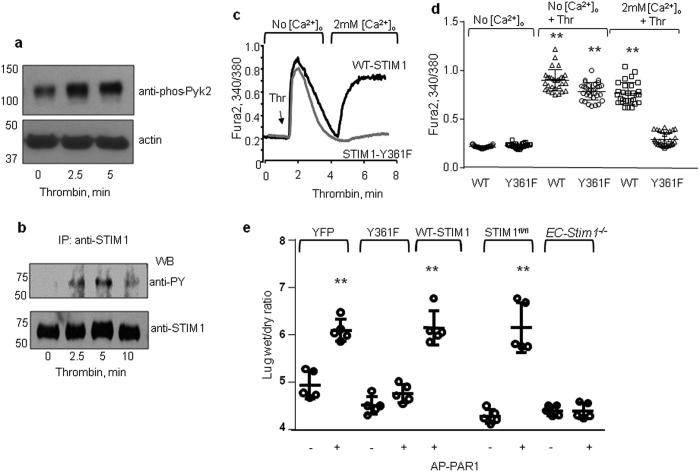Figure 5. STIM1 phosphorylation at Y361 residue contributes to increased lung vascular permeability.
(a) Western blot analysis of a time-course of Pyk2 phosphorylation using anti-Y-402-phospho-Pyk2 in HPAE cells treated with thrombin as determined in Fig. 1. Image shown are cropped. Full immunoblot is uploaded in Supplementary Figure S3. A representative blot is shown from experiments that were repeated multiple times (b) Thrombin induces tyrosine phosphorylation of STIM1. Lysates were IP with anti-STIM1 antibody. Resulting precipitates were probed with the phosphotyrosine antibodies. A representative blot is shown from experiments that were repeated multiple times. (c,d) Phosphorylation of STIM1 on Y361 is required for α-thrombin-induced SOCE. A representative trace (c). (d) Individual data points (from 10–15 cells) and mean ± SD are plotted from 3 independent experiments. **p < 0.01 compared to unstimulated cells or thrombin stimulated STIM1-Y361F mutant expressing cells. (e) Liposomes containing either YFP, WT-STIM1 or Y361F-STIM1 were injected into WT mouse ice through retroorbital sinus 40 h prior to experiments. In parallel experiment, STIMfl/fl and EC-Stim1−/− were used. To induce vascular permeability, PAR1 agonist peptide was given i.v. 30 min prior to harvesting lungs for measurement of lung wet/dry ratio. Individual data points and mean ± SD are plotted from 5 mice. Experiments were repeated two times. **p < 0.01 compared to mice receiving control peptide or PAR1 activated mice expressing STIM1-Y361F mutant.

